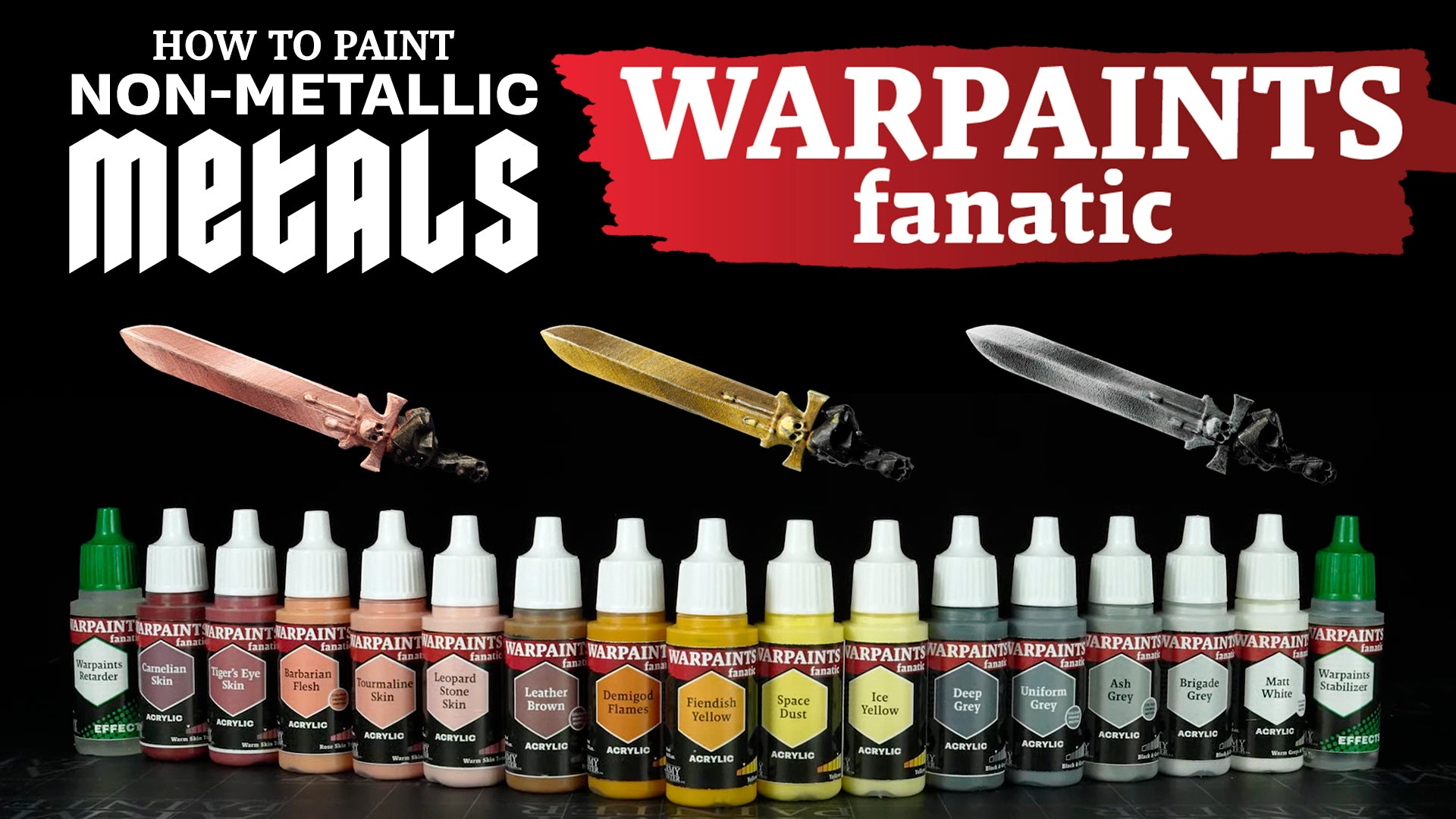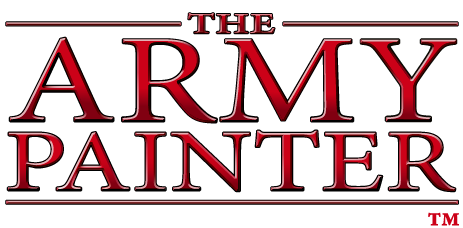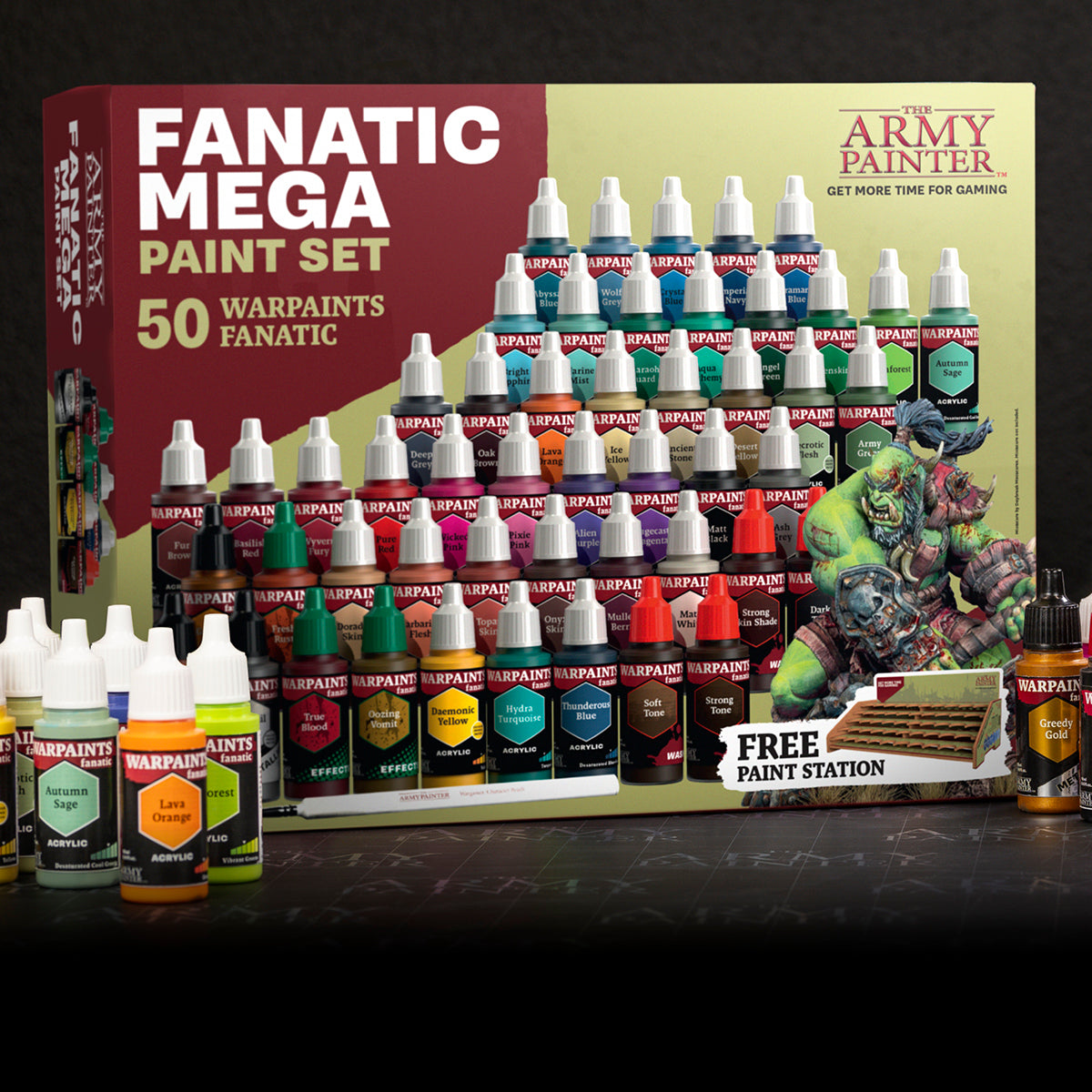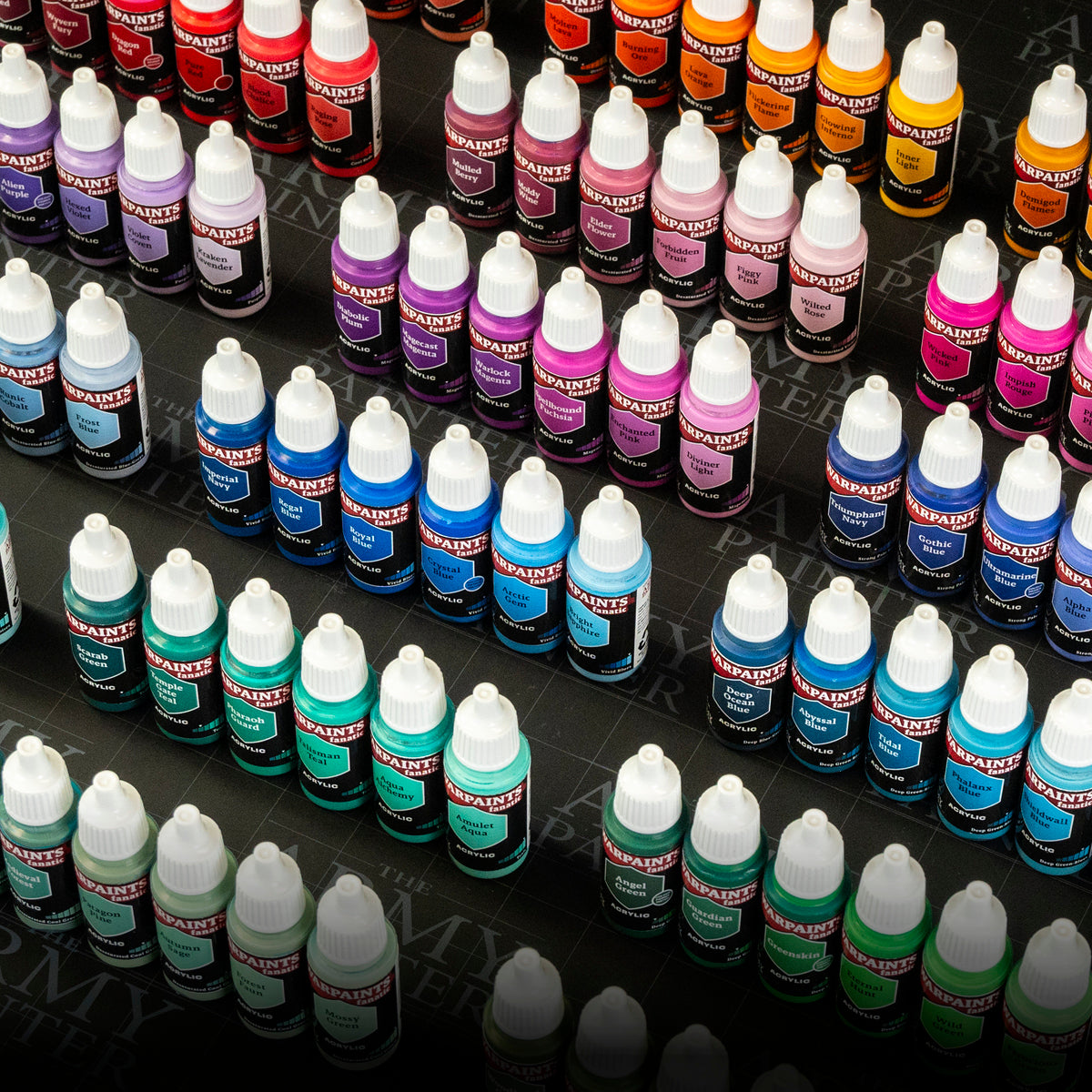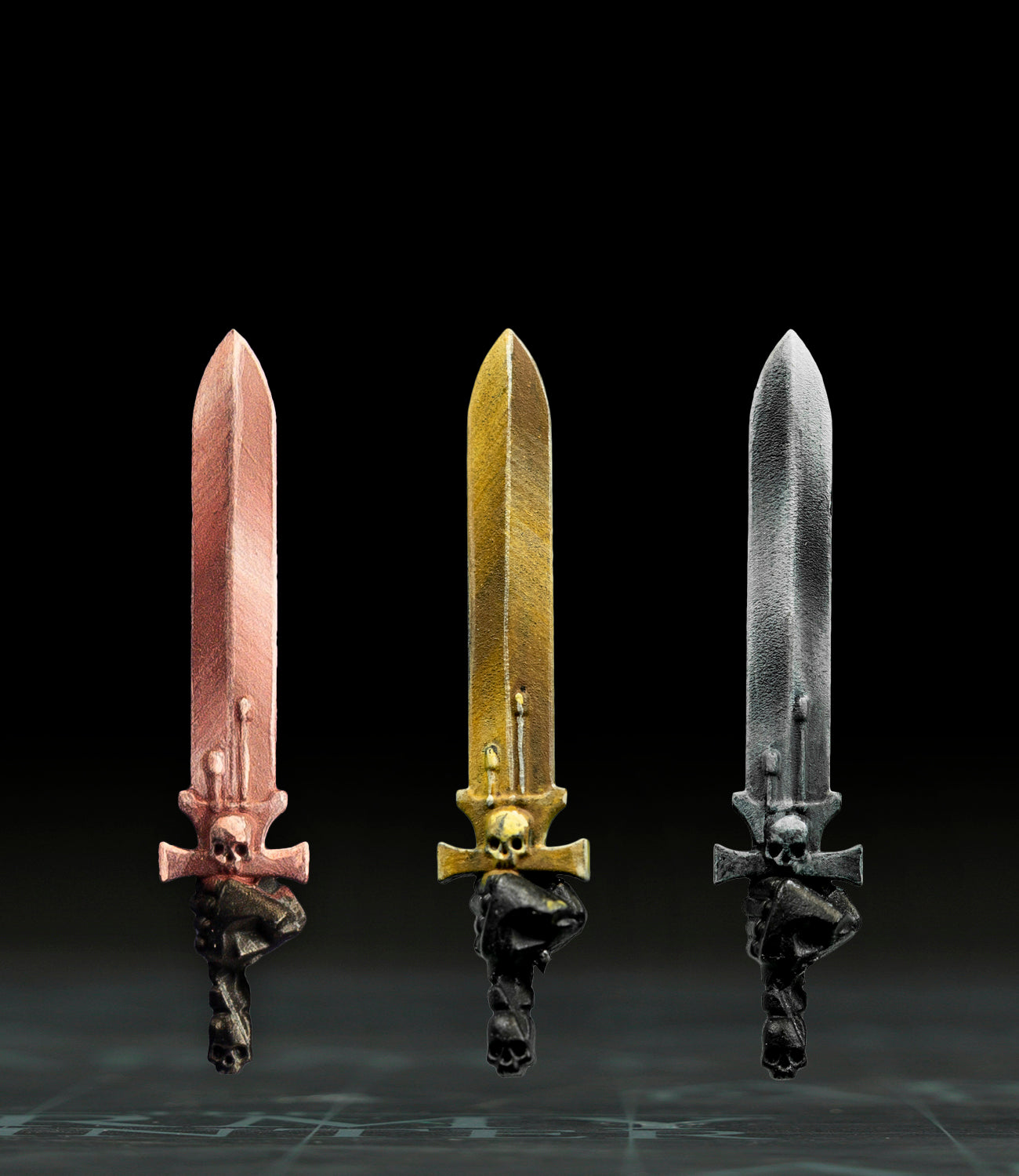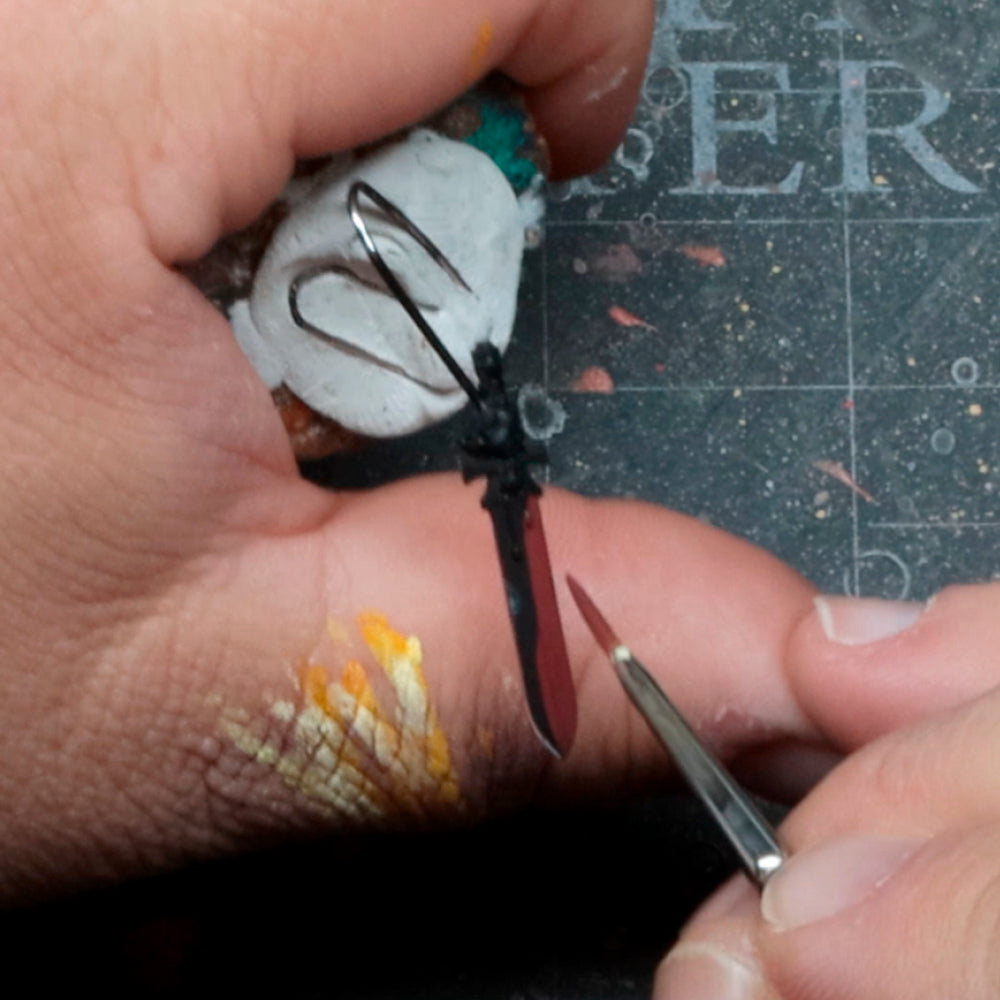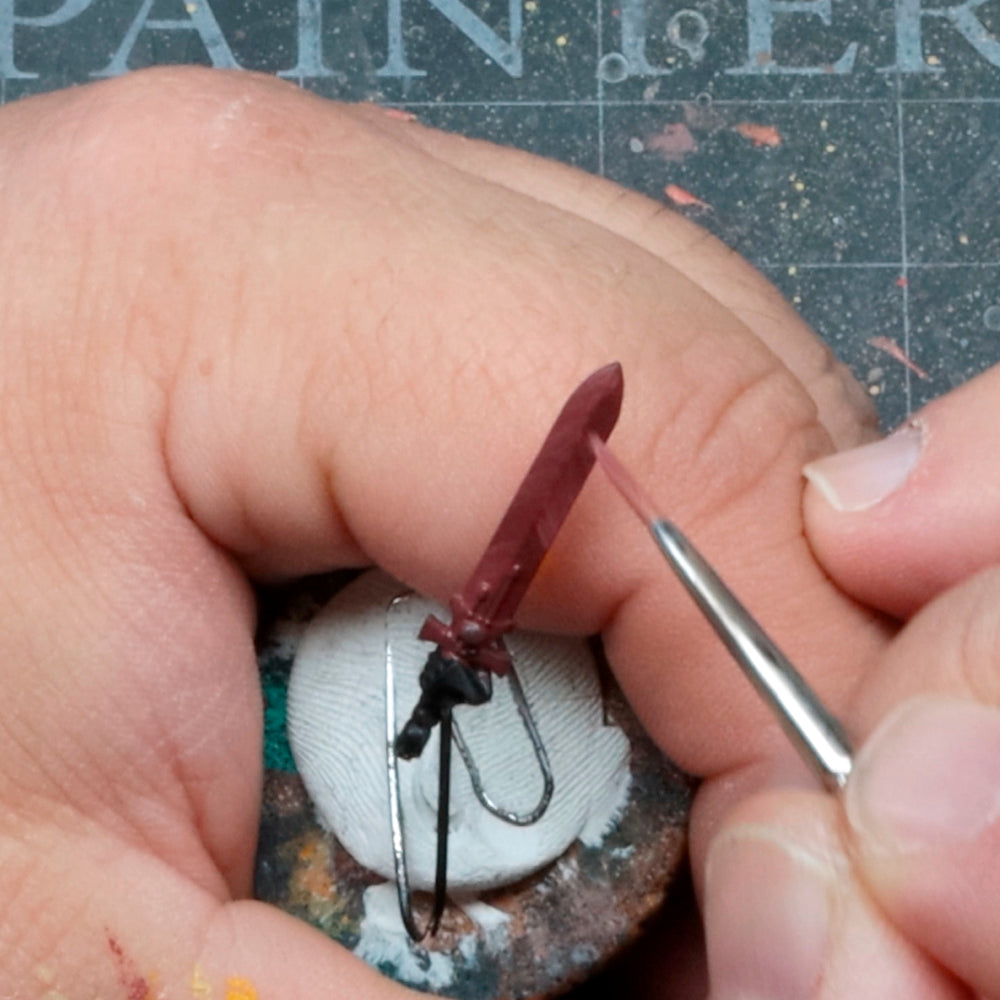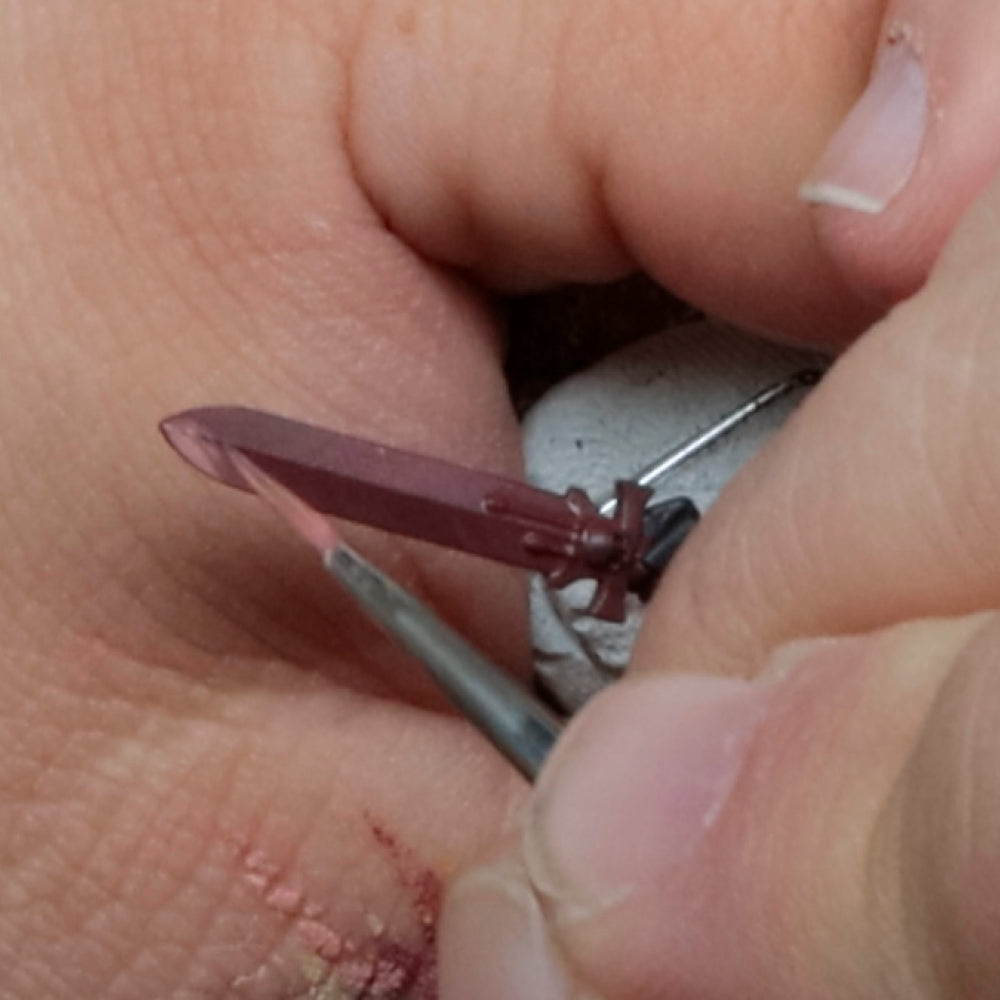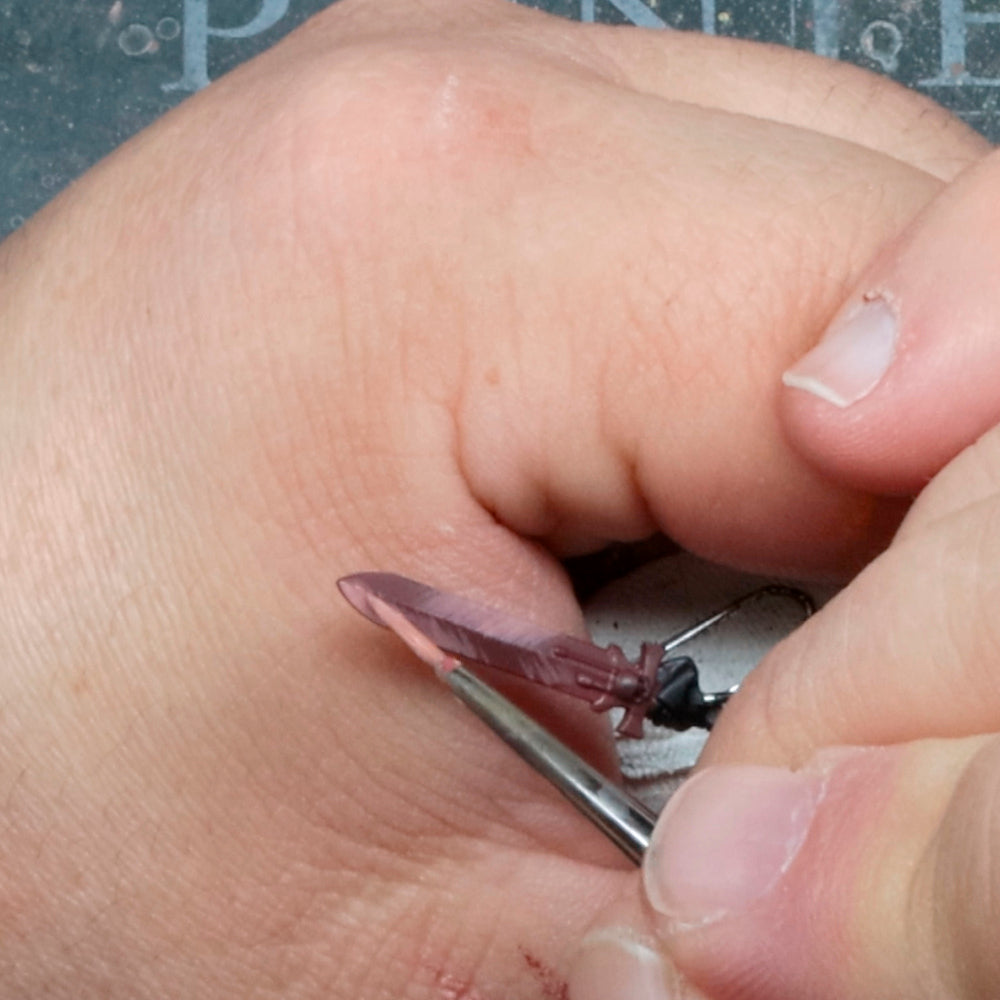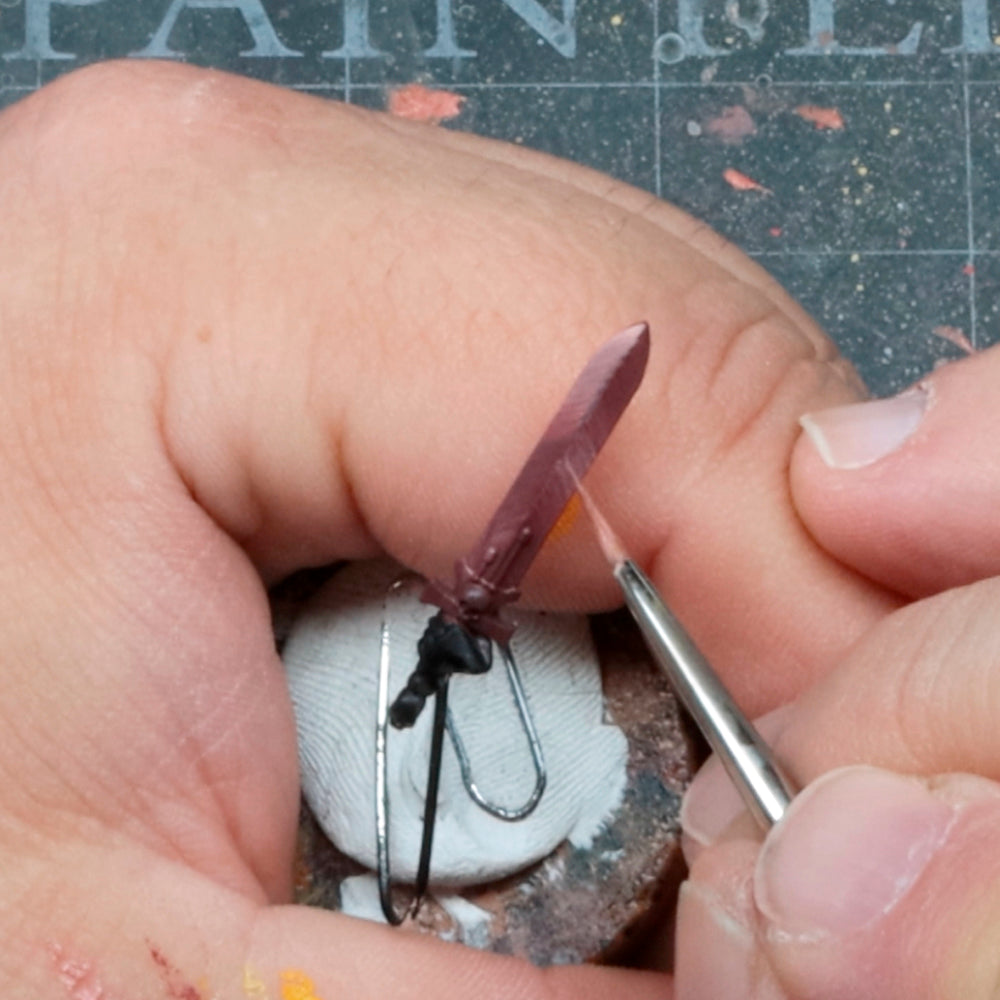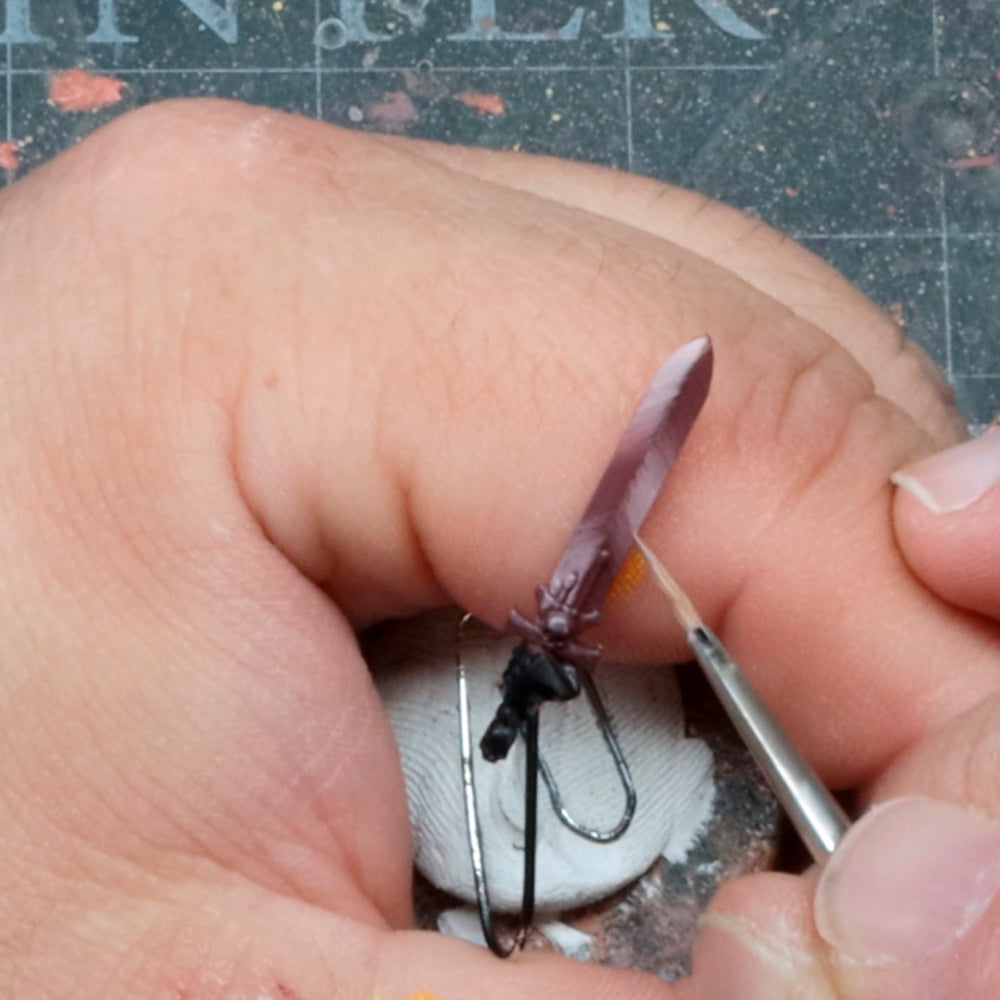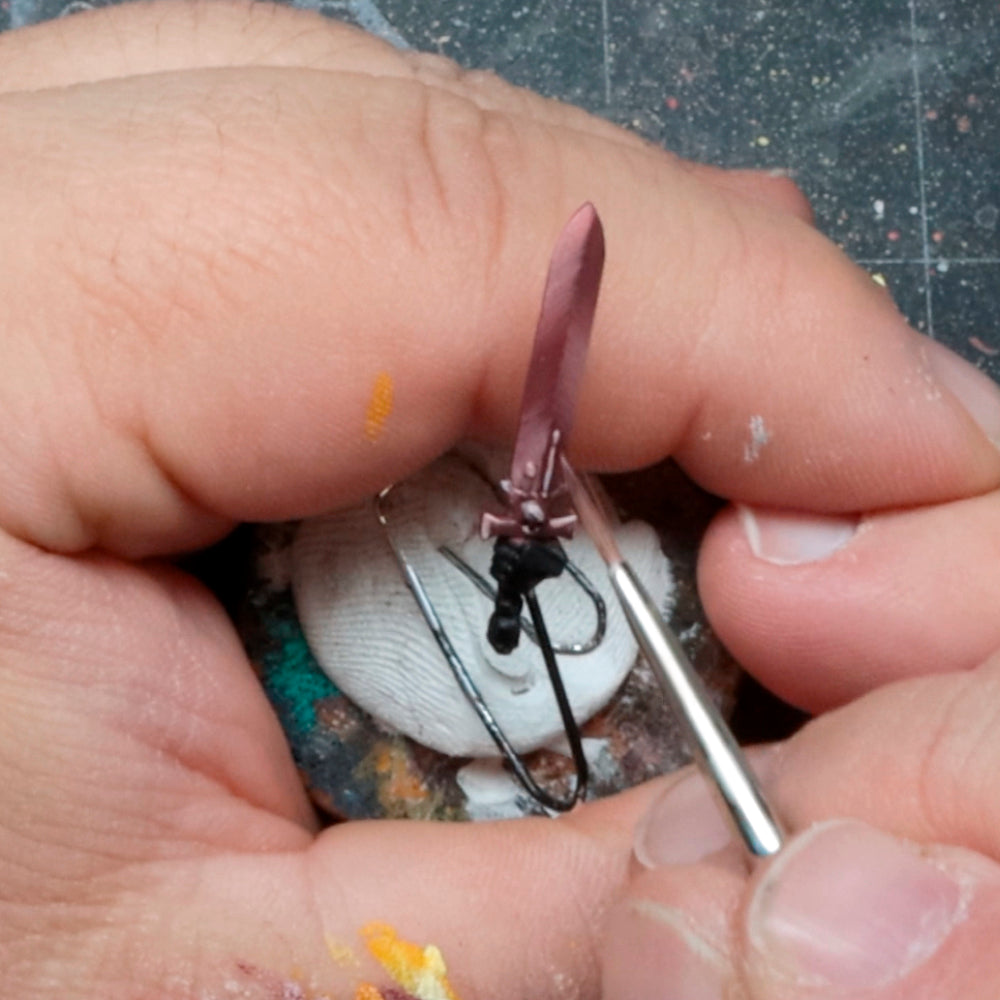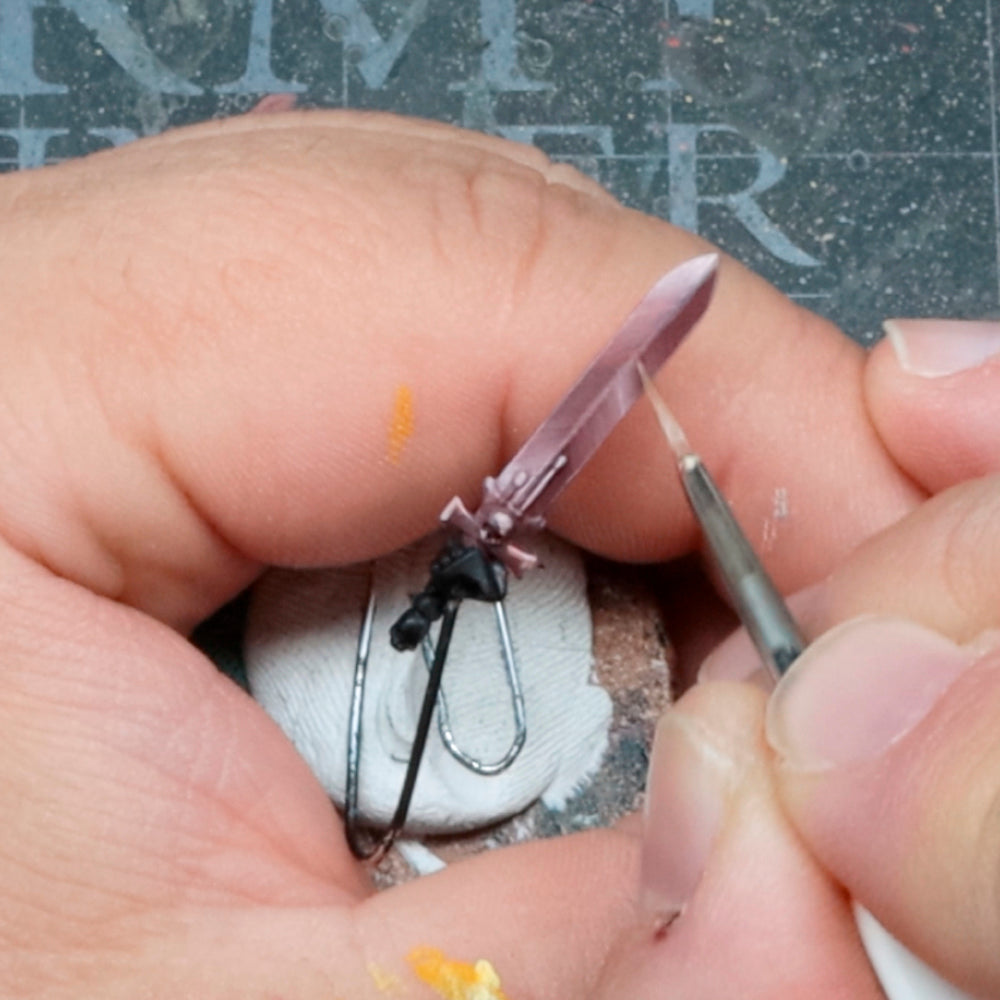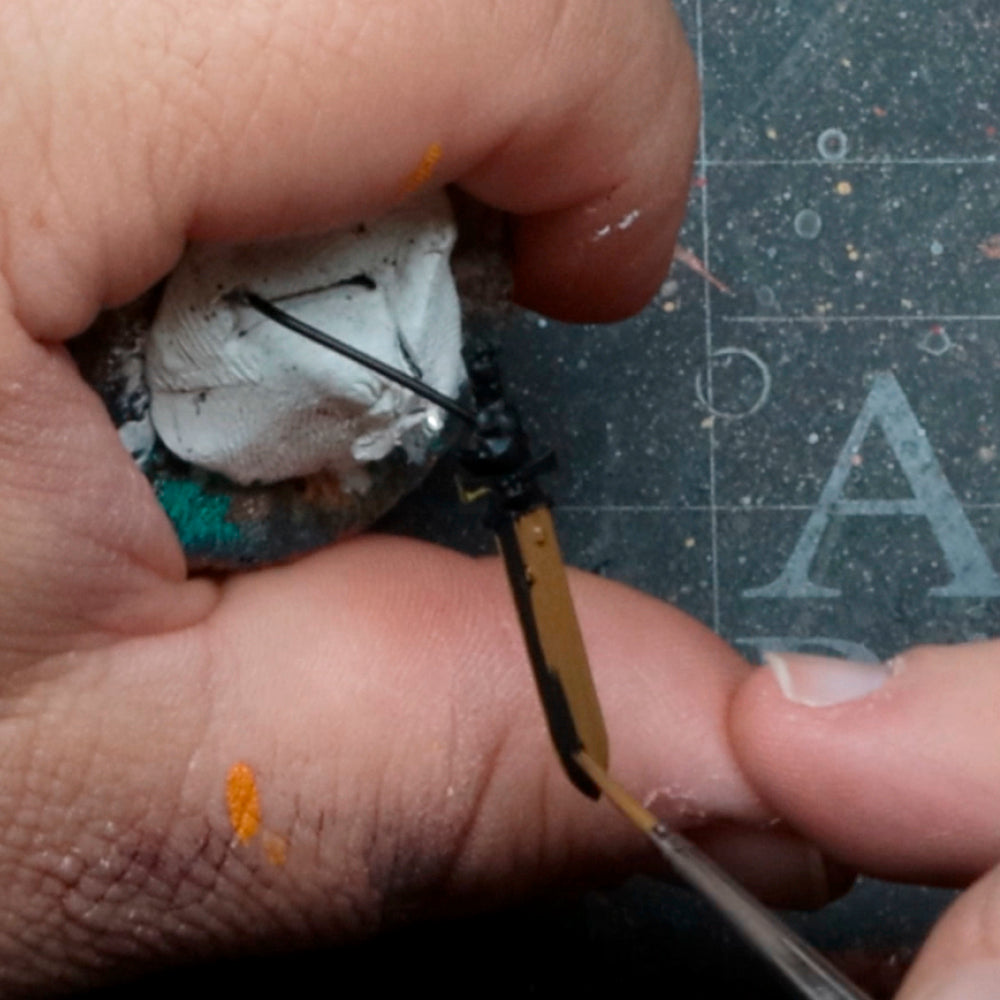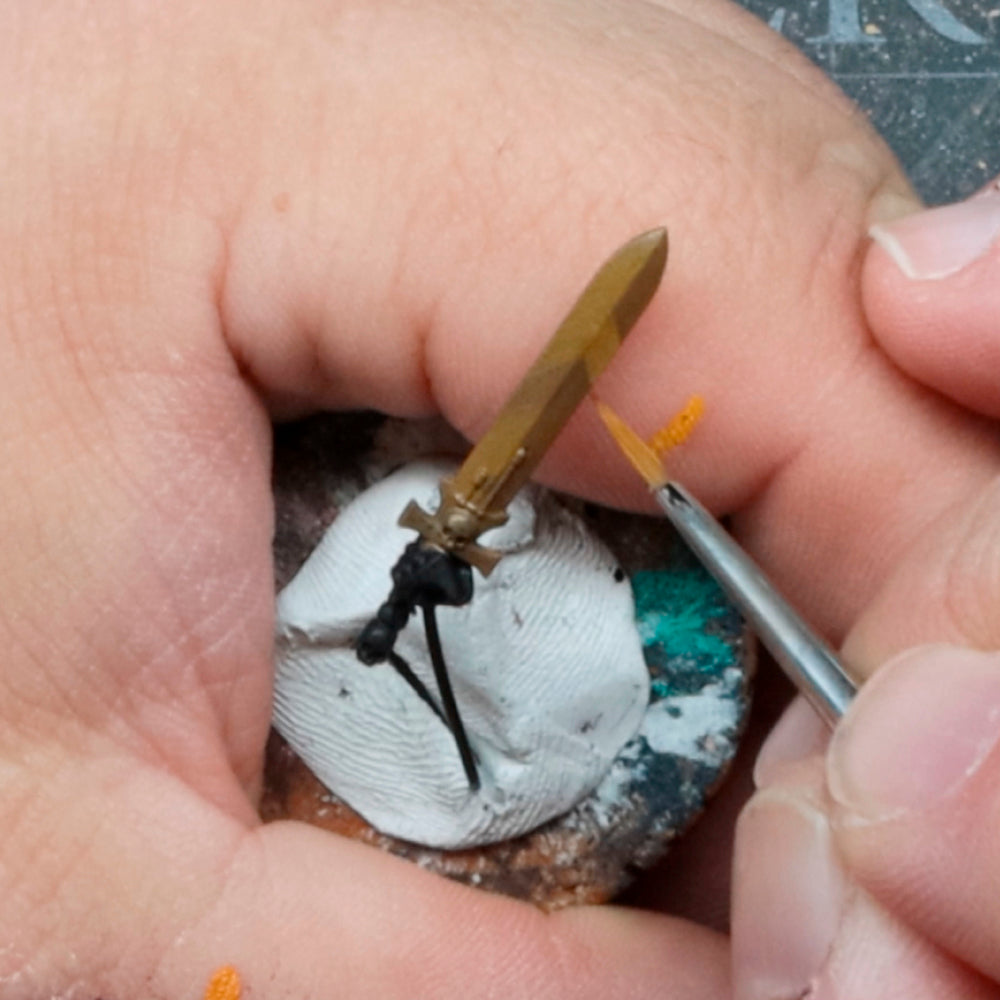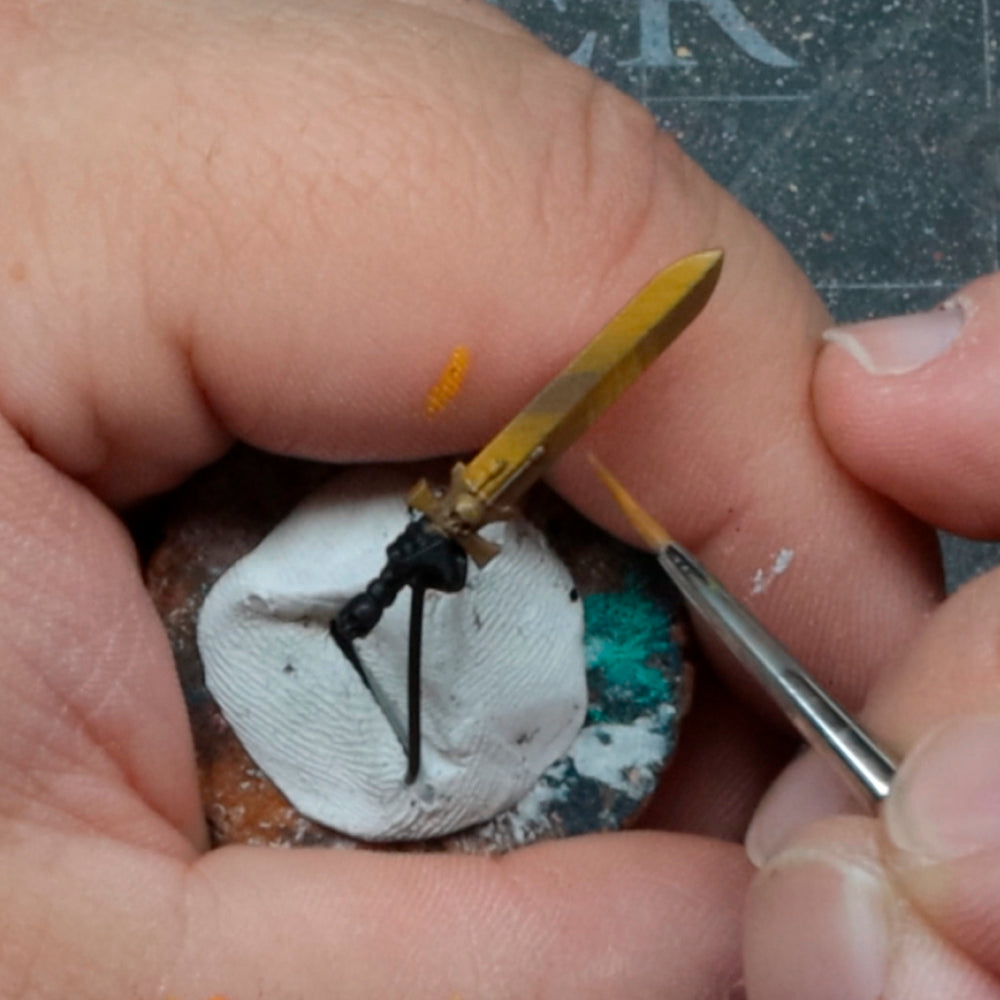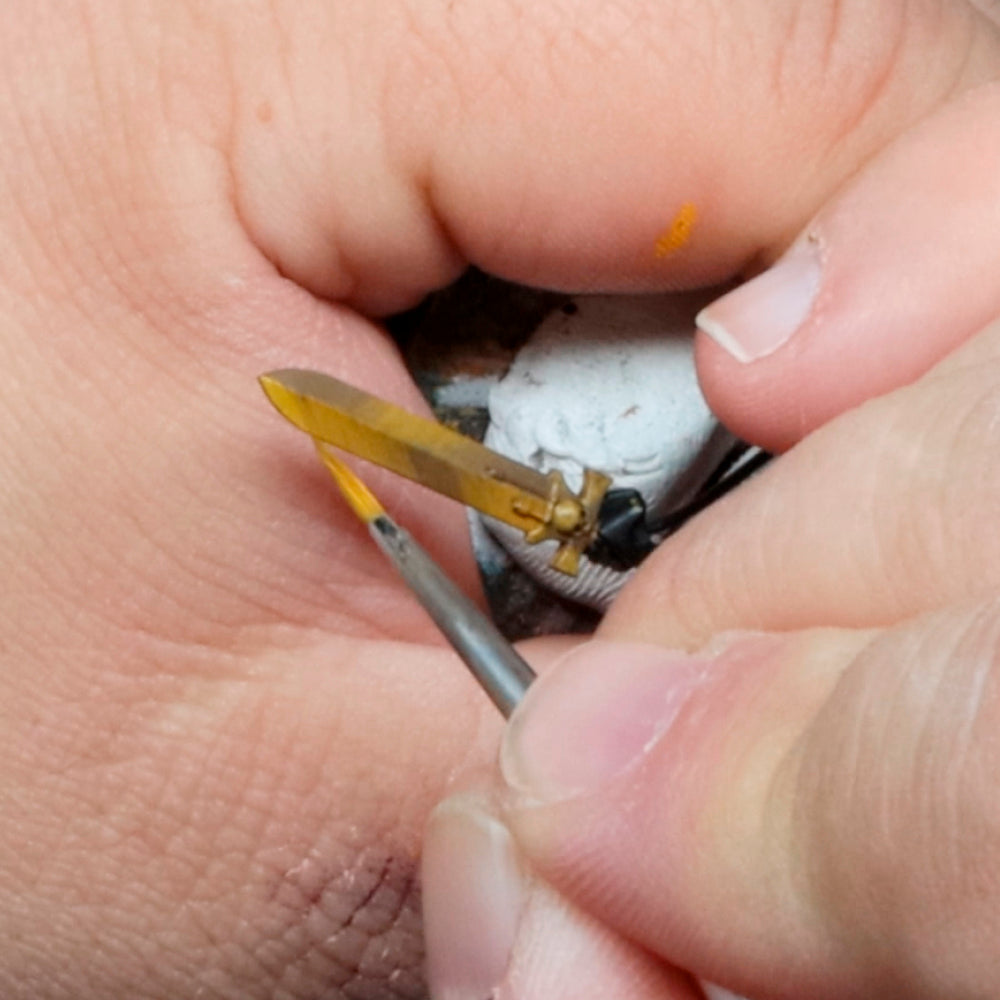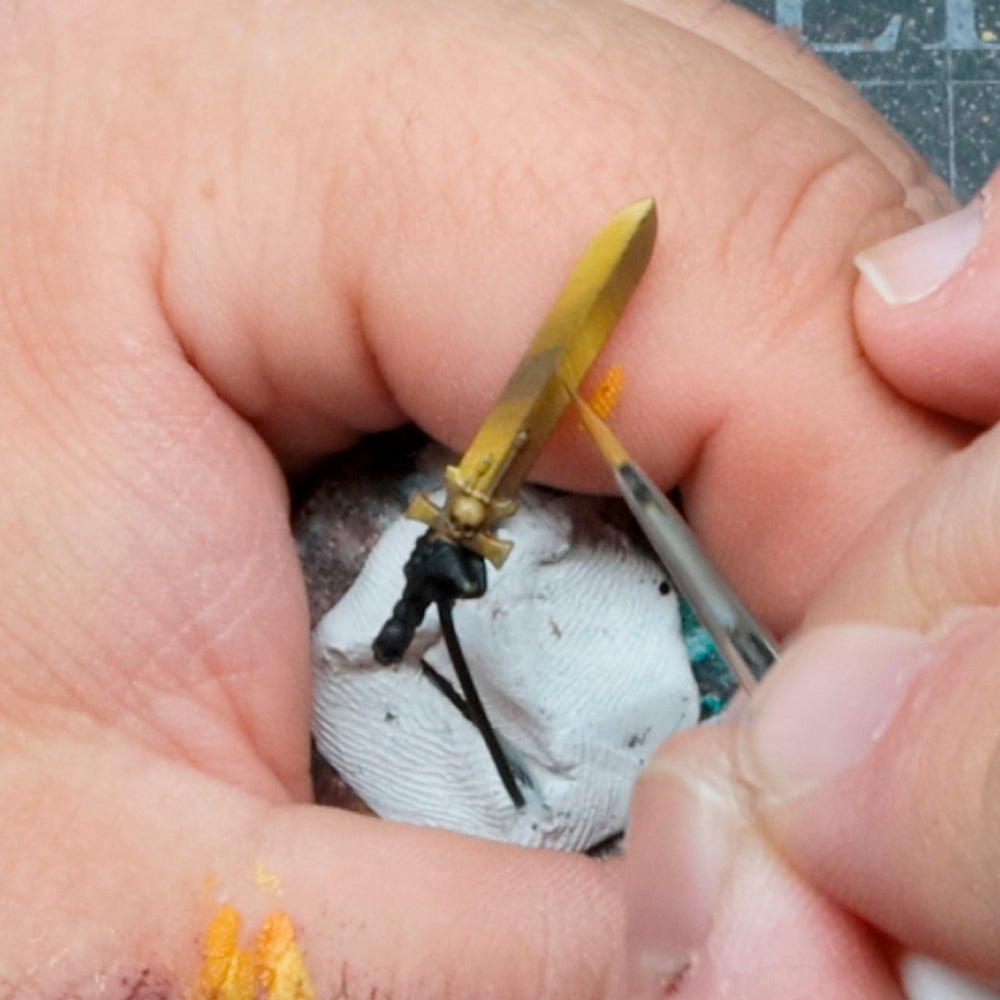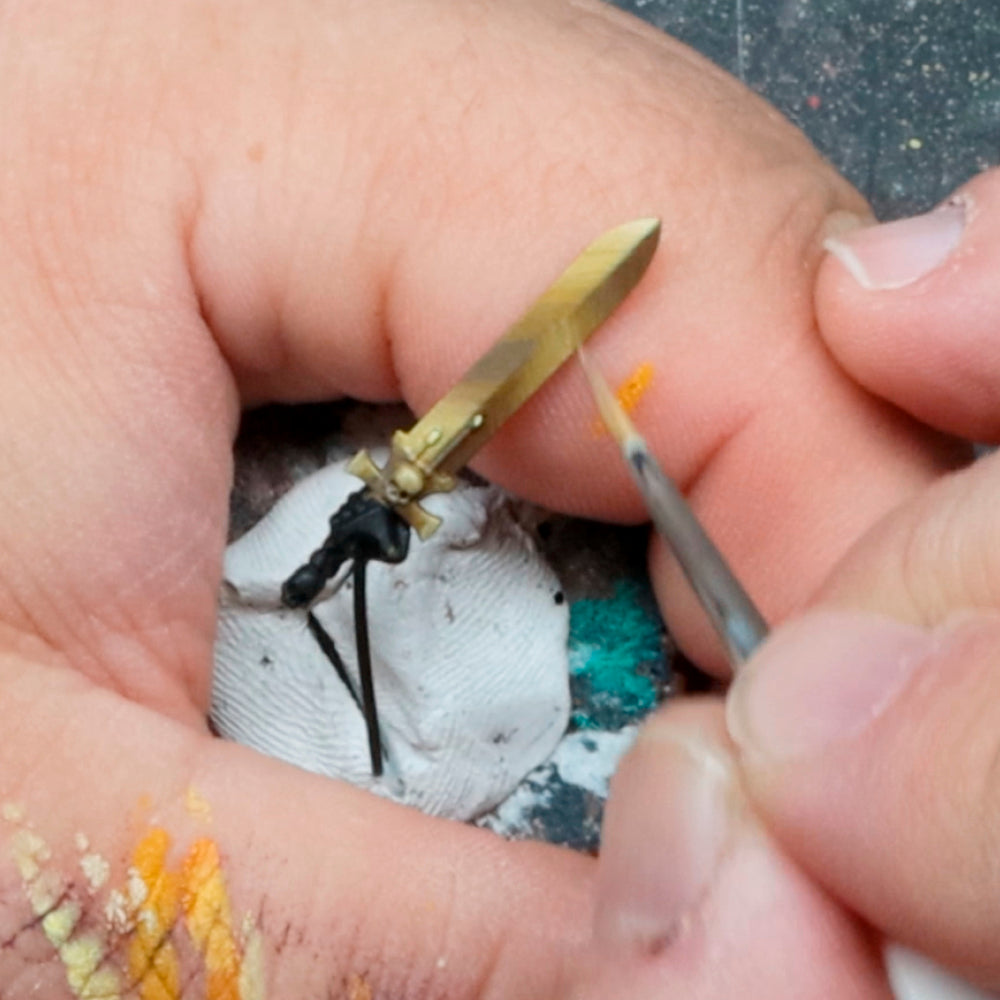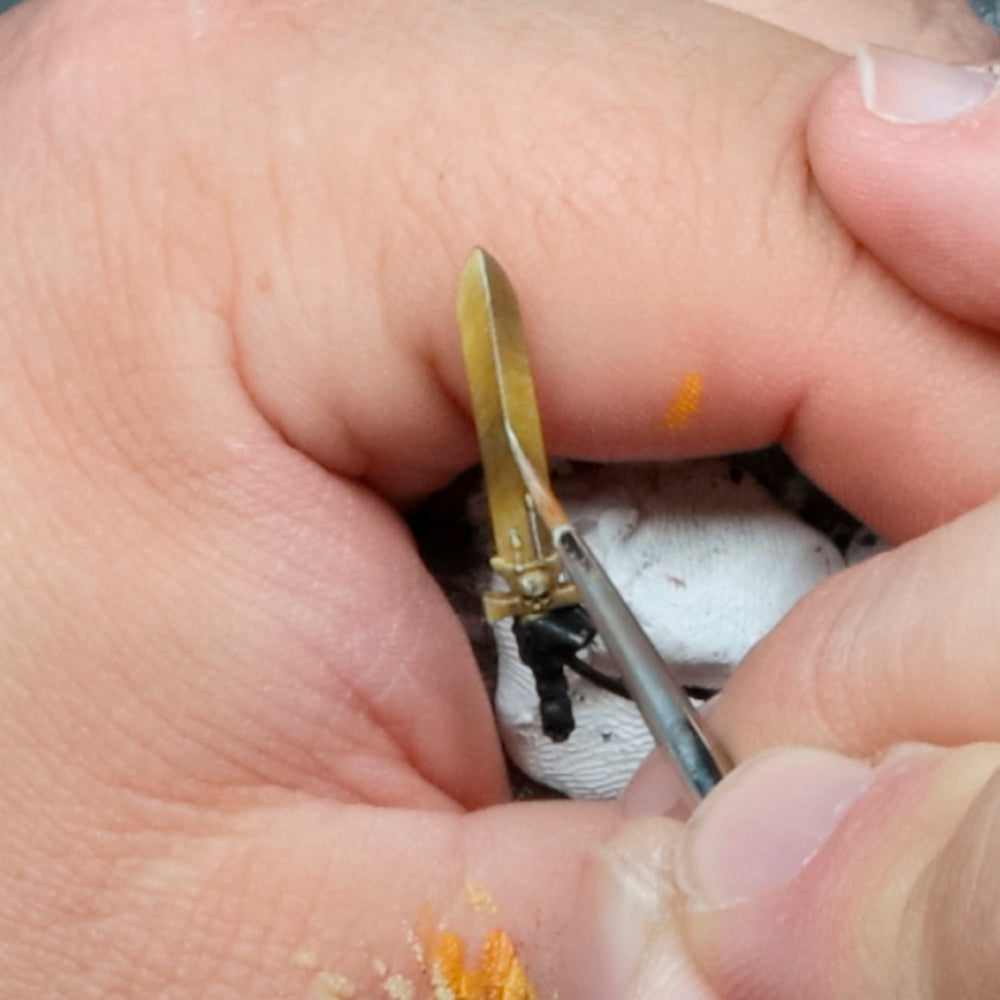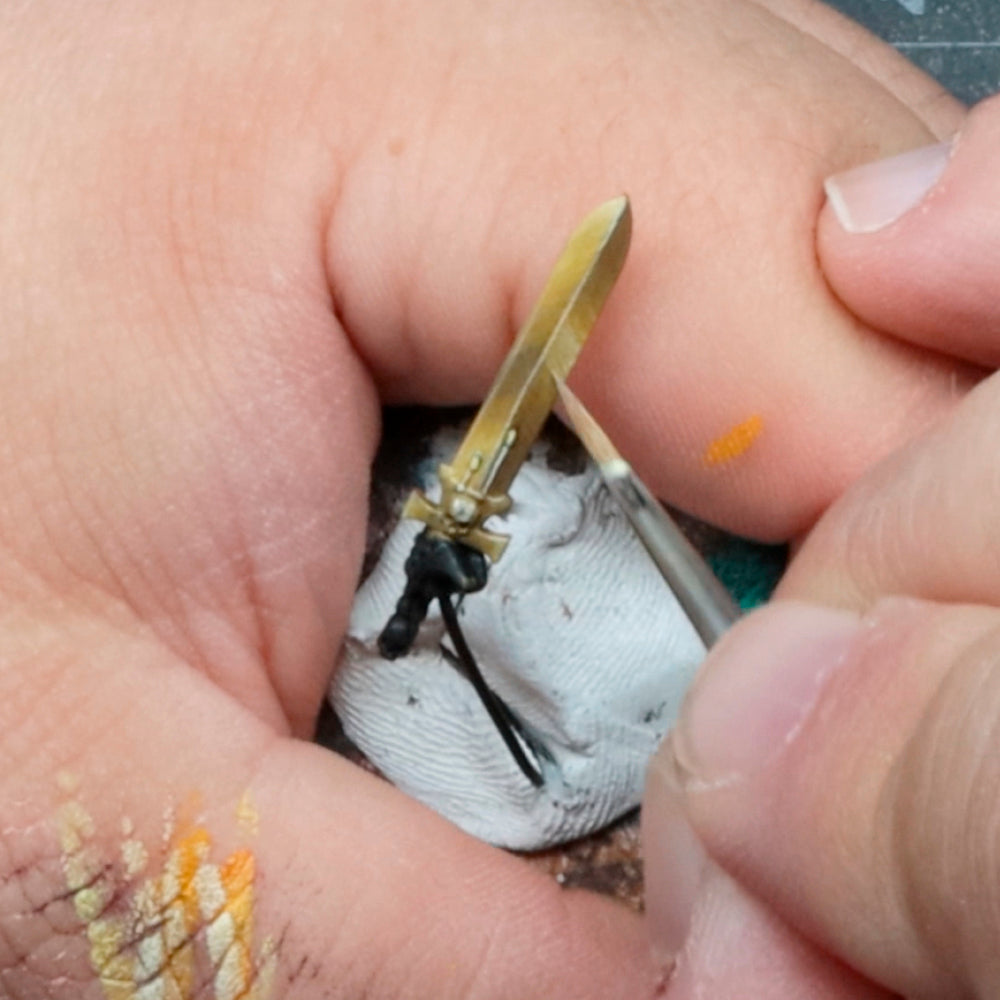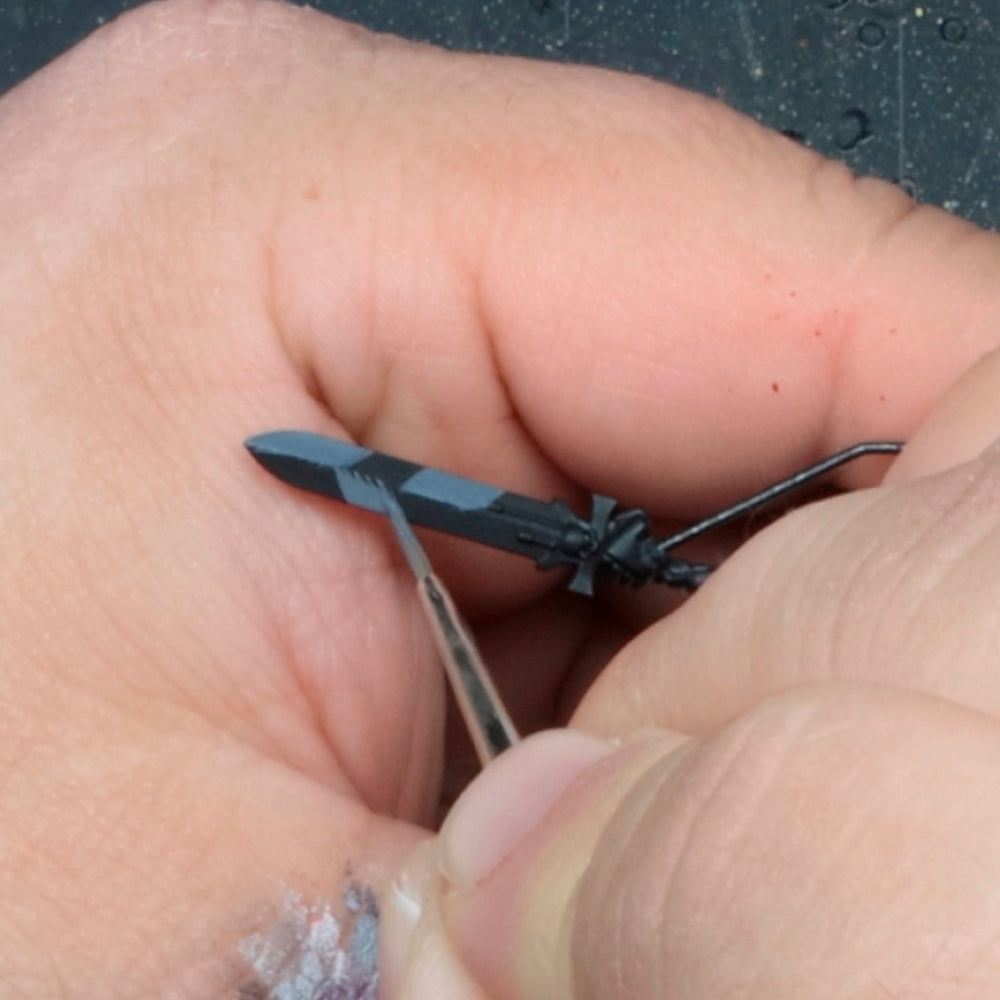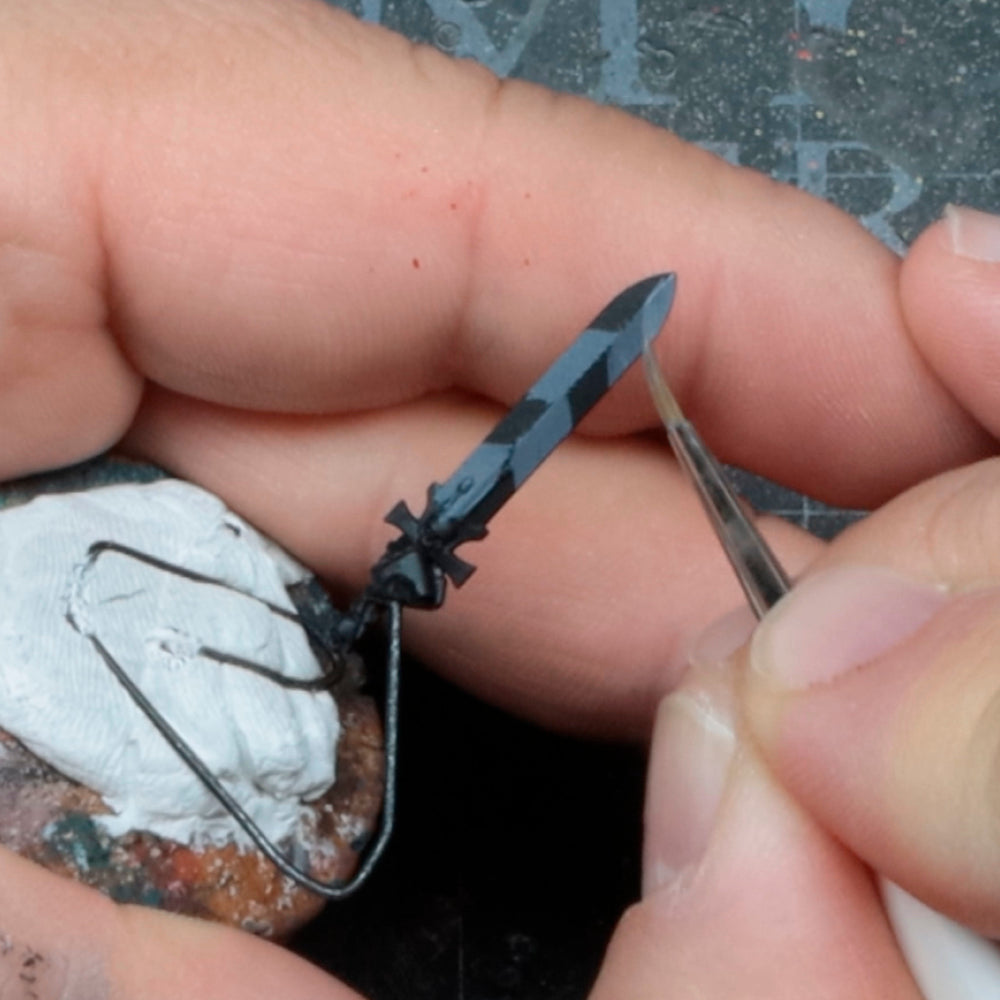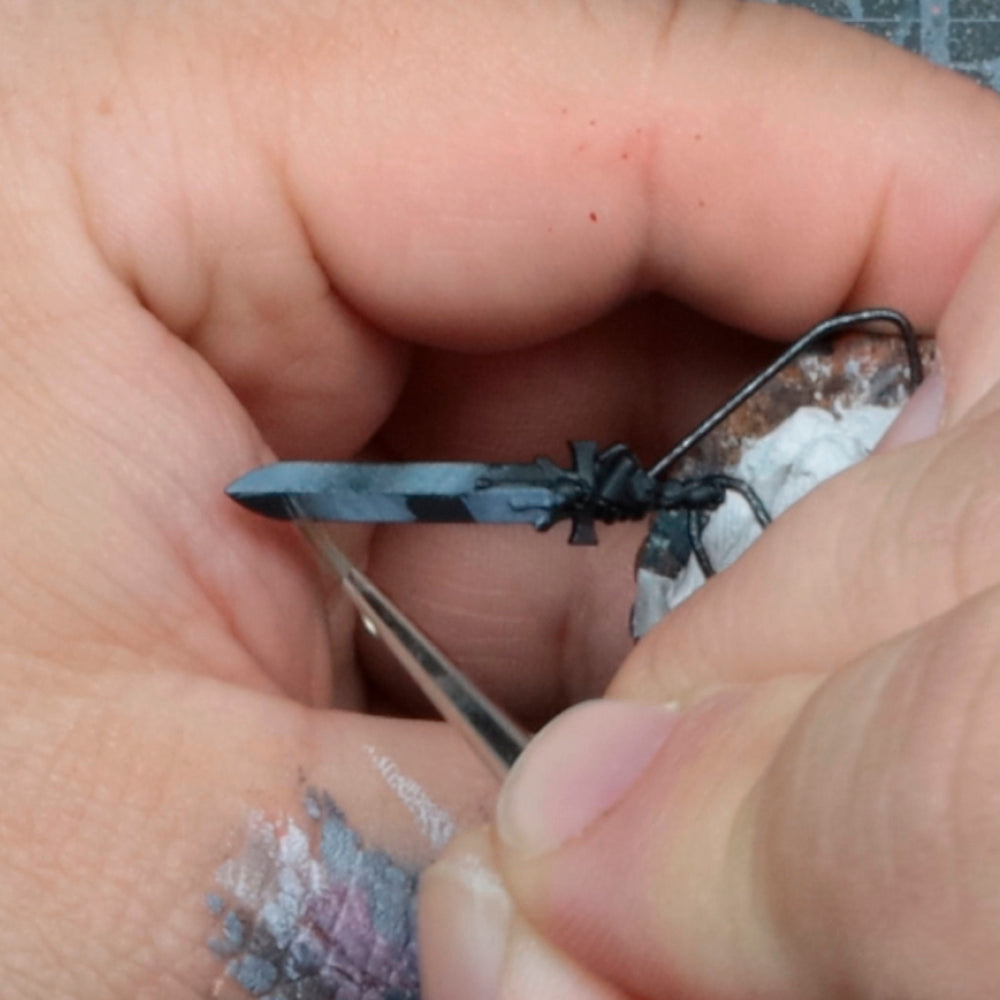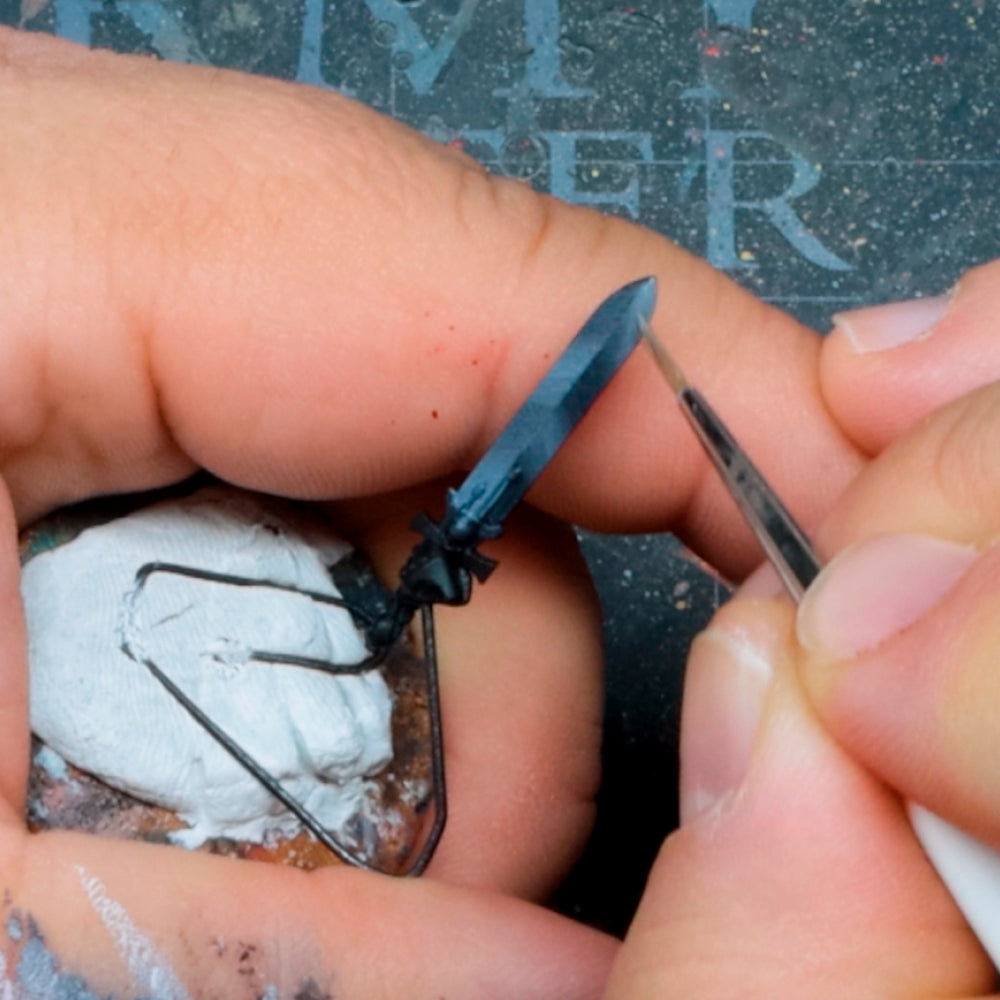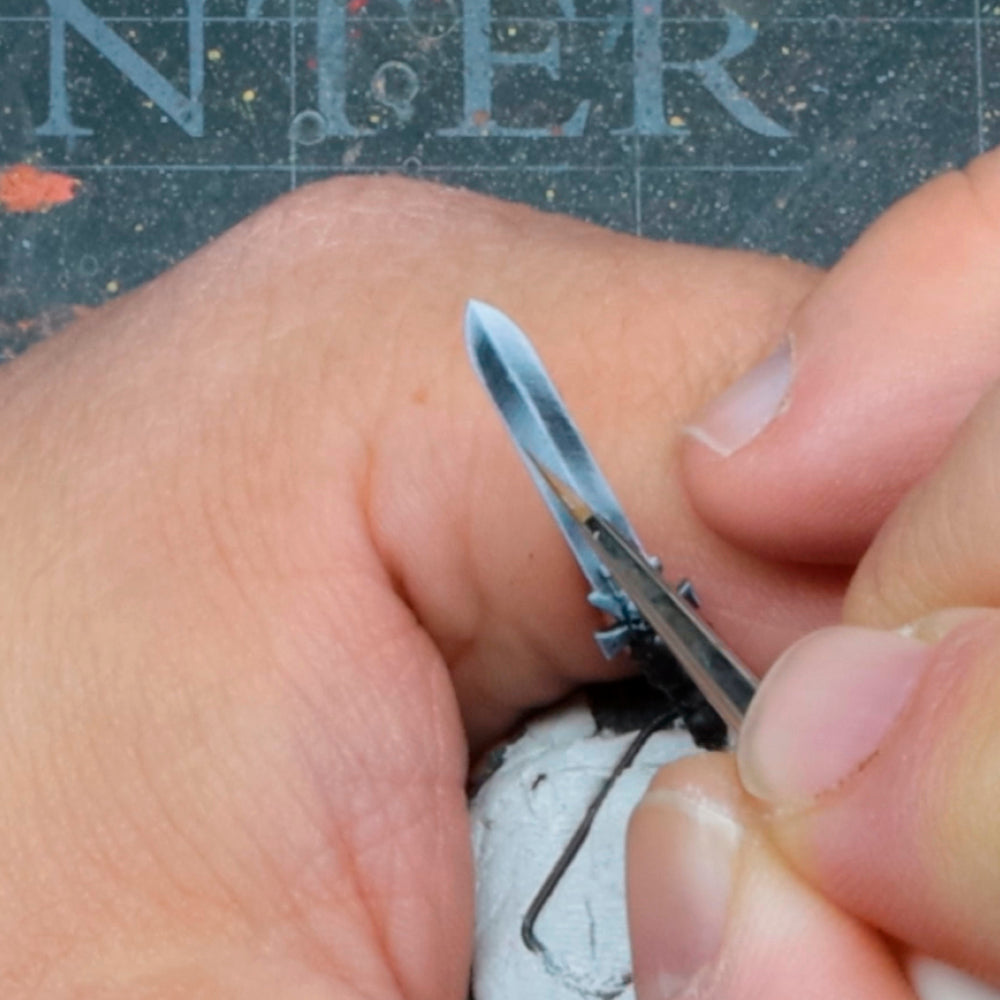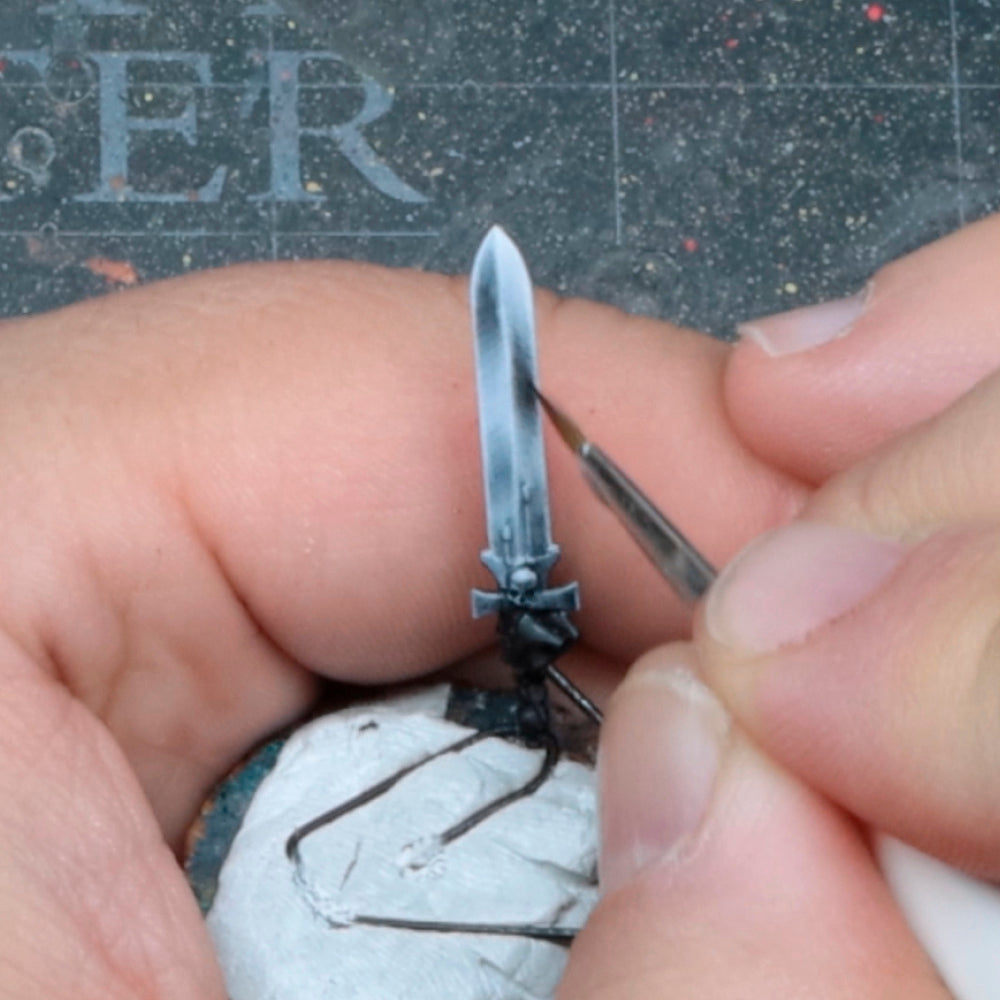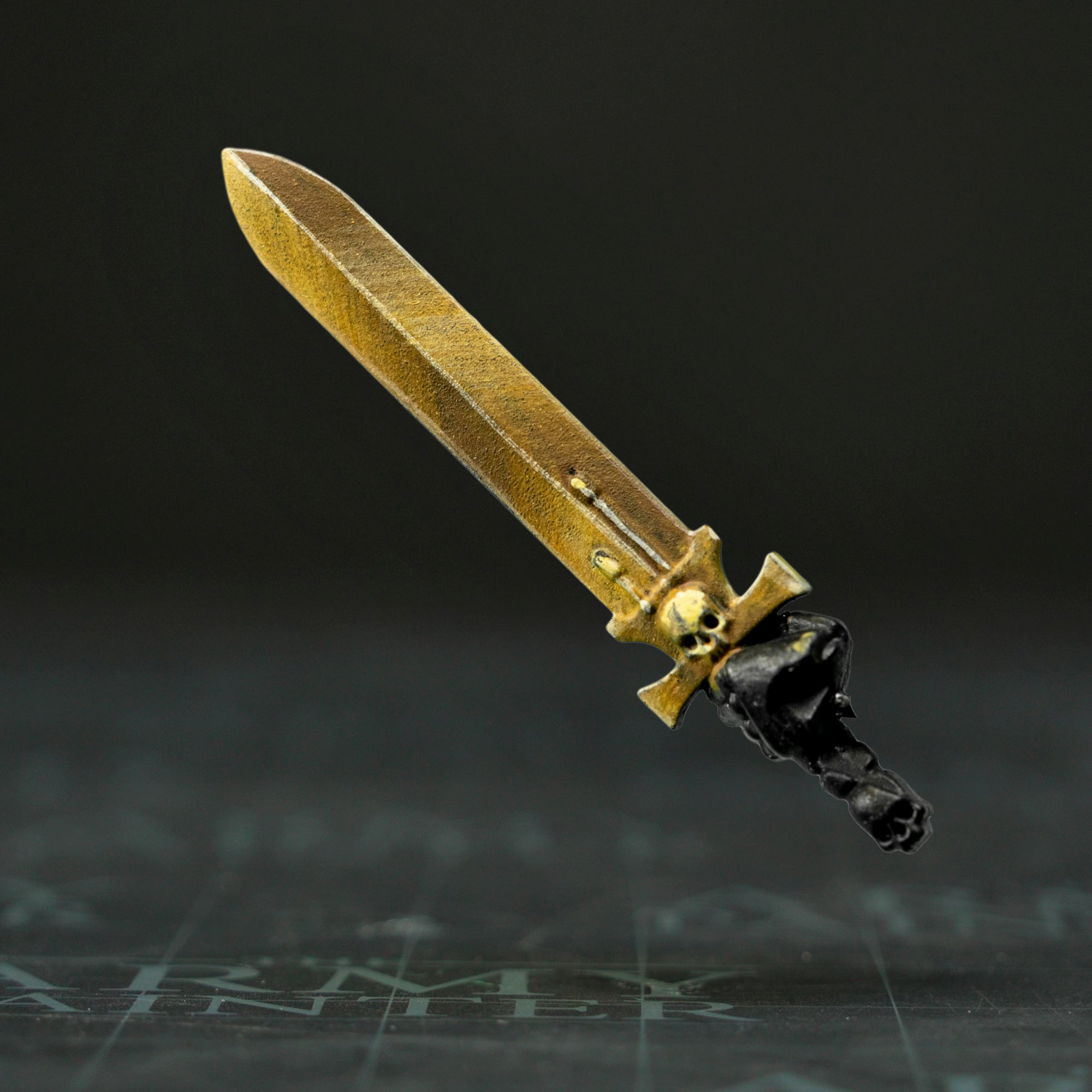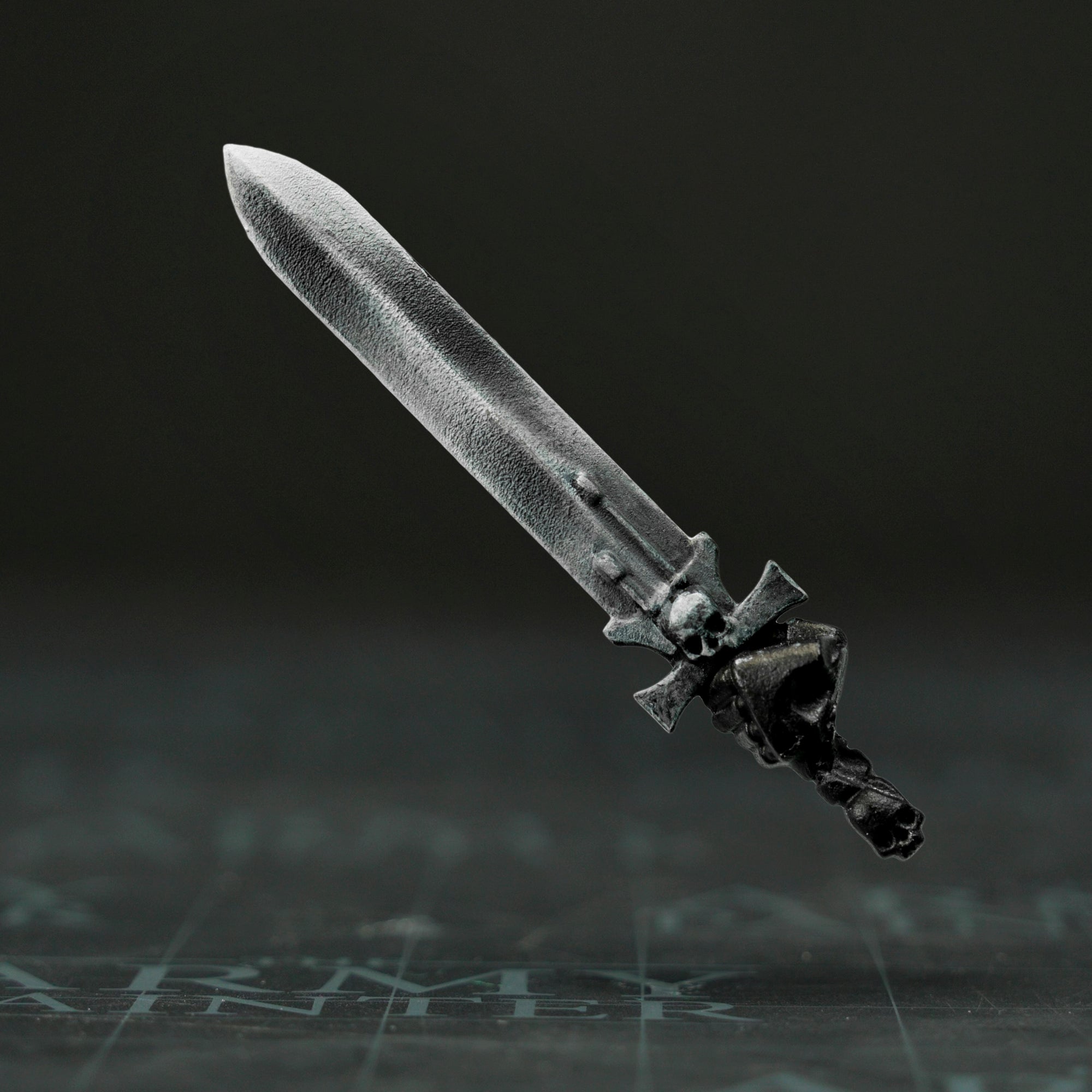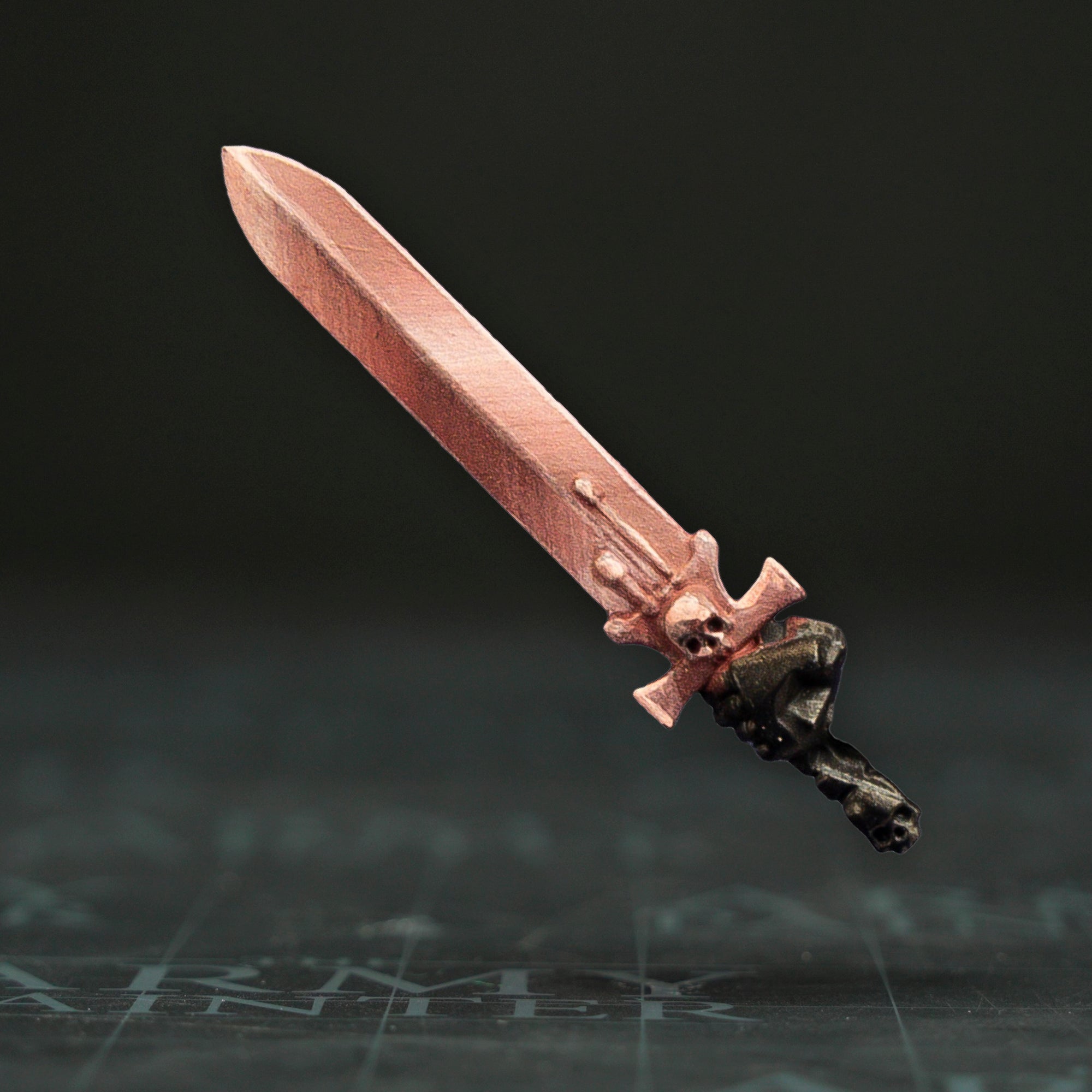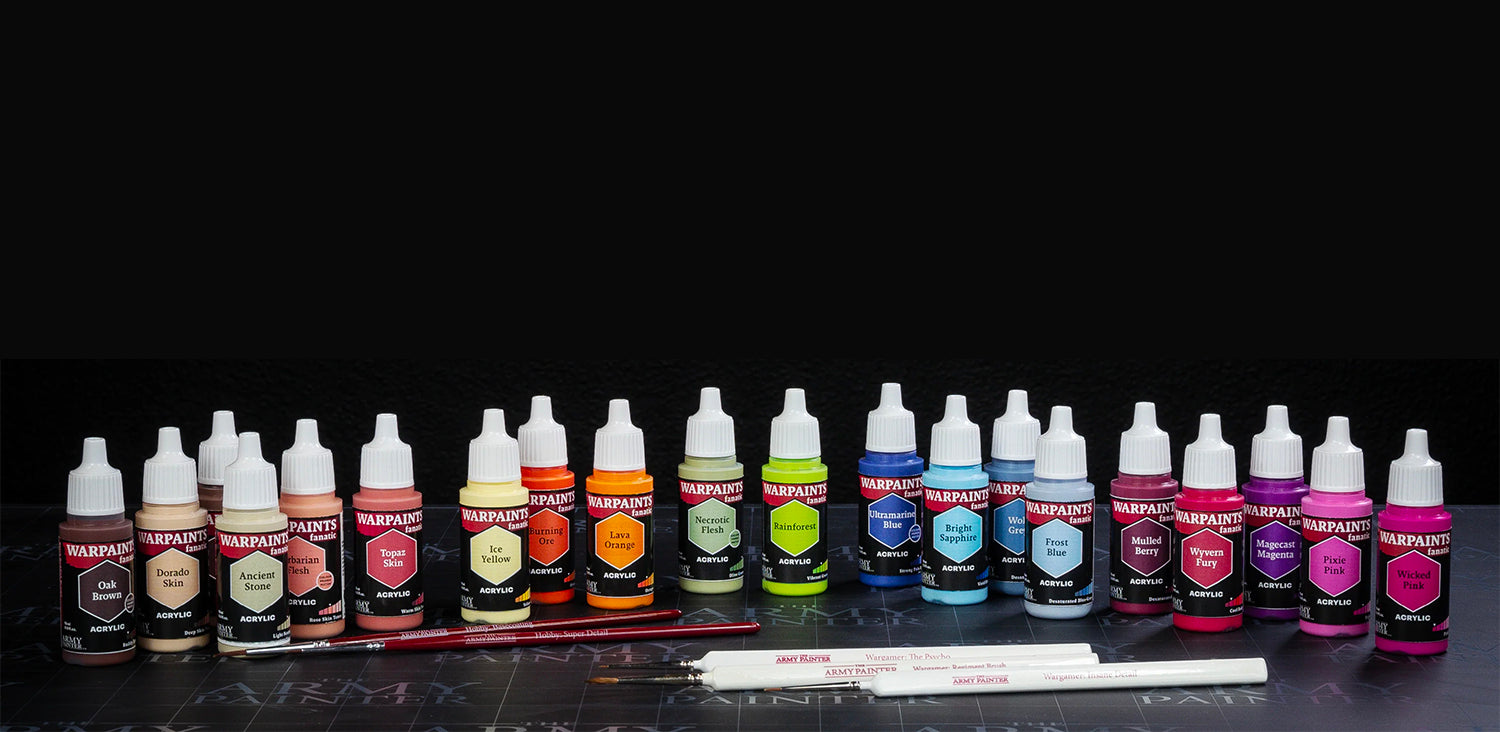Learn How to Paint Non-Metallic Metals (NMM)
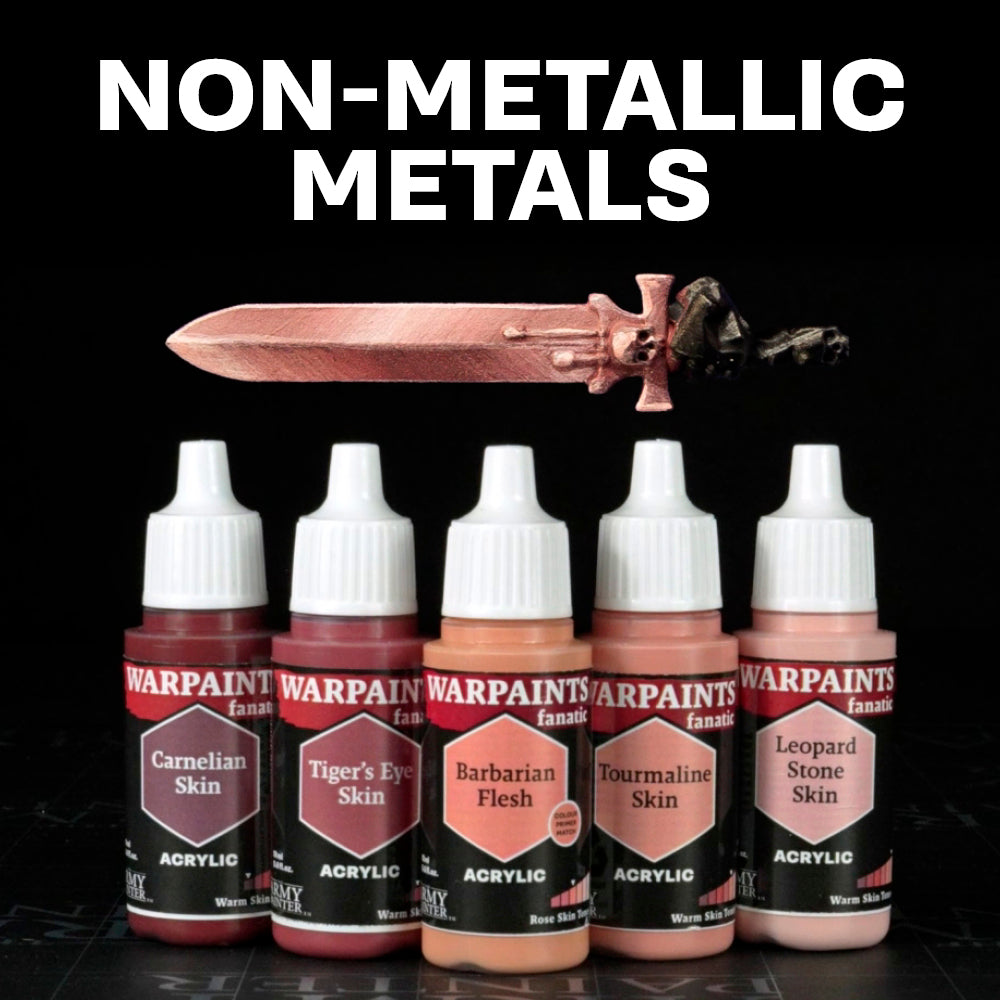
Painting NMM with Flexible Colour Triads
Non-Metallic Metals (NMM) has long been a mythical technique to master.
But with the Warpaints Fanatic range and Flexible Colour Triads, it’s now easier to tackle these time-honoured techniques thanks in addition to the coverage and performance of these paints.
In this article, we’ll show you how to paint a bronze, silver, and gold sword – using only traditional acrylics, no metallic paints in sight!
Step-by-Step Guide to Painting NMM
In the following guides, we’ll break down the Non-Metallic Metal (NMM) techniques for painting bronze, gold, and silver using the Flexible Colour Triads.
The Flexible Triad System is really useful when painting Non-Metallic Metal, as it provides you with a spectrum of colours that work well to establish both volume and colour at the same time. You can use all six in the family or a selection and even mix them with necessary colours from other triads.
Let's get painting!
Now your swords are done and are ready be deployed to the tabletop - or the display cabinet!
If you prefer to you can watch the full video on how to paint these swords in these amazing non-metallic metal schemes below.
